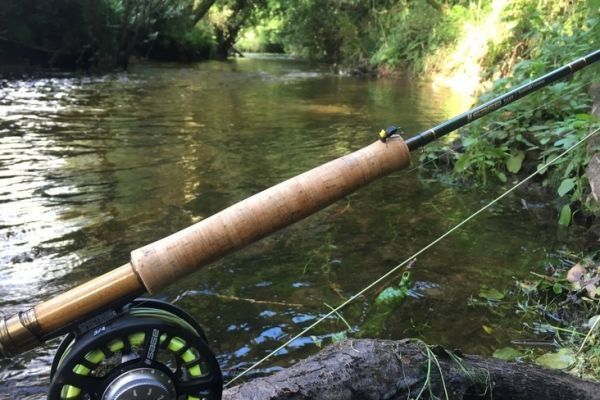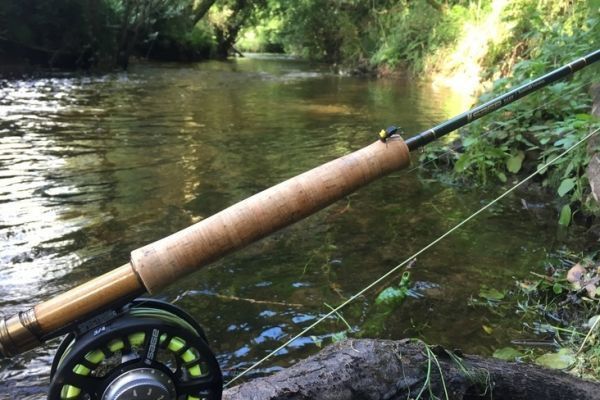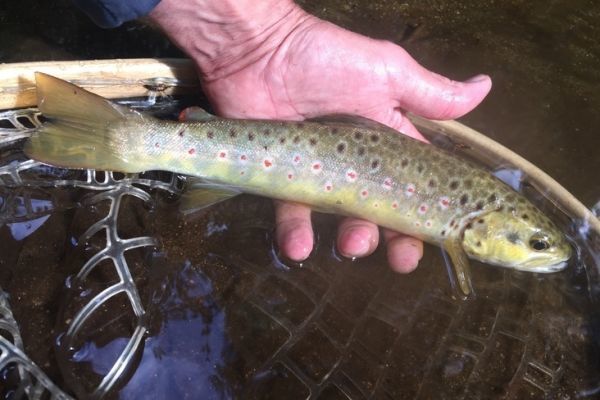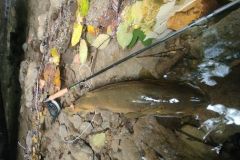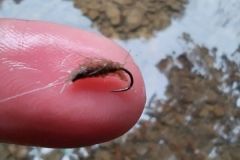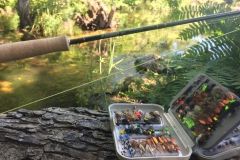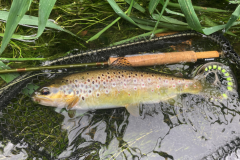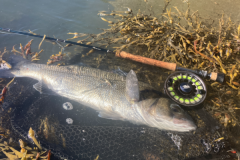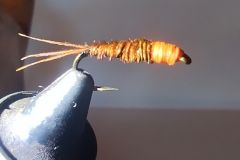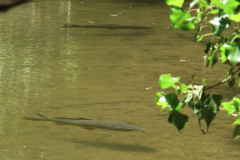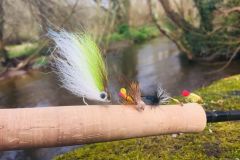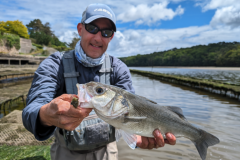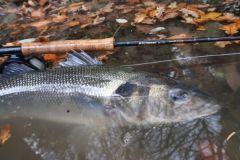Which sectors to favor?
The terrestrials come from all directions and end up in the water, often swept away by the wind.
Small to medium-sized rivers should be sought as a matter of priority, rather wooded and/or bordered by (untreated) meadows. We are fortunate to have many rivers of this type throughout France, for example in Brittany and the Massif Central, as well as in the Alps and Pyrenees.
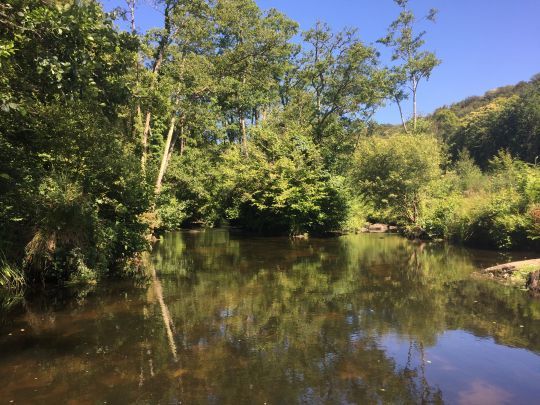
Slow-moving areas or small currents under foliage or at the edge of meadows and pastures are therefore to be preferred, as this is where these insects are most likely to be found in the water. Trout eagerly await them, as they provide a good source of protein.
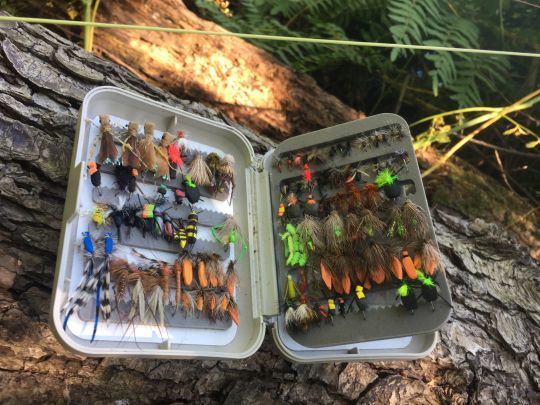
Active, dynamic fishing
Beetles are present very early in the season, even if most anglers only use them in summer. There are a great many of them, and not all are black. Some are electric green or iridescent blue, others red, orange or brown. We're spoilt for choice. So it's a matter of observing what's in the branches and on the banks to suggest the menu of the day.
Grasshoppers and crickets, on the other hand, are more commonly eaten by fish from late July to early September. The trout are stationed at the edges, waiting for an accidental fall!
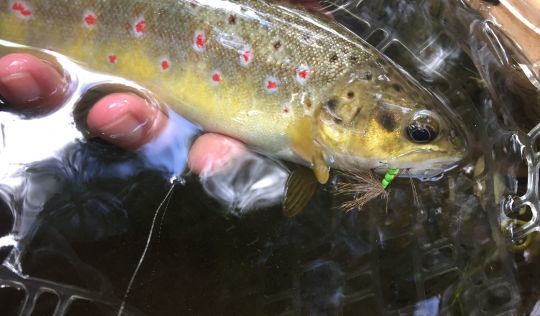
But you mustn't neglect ant fallout either, which can be significant on heavy summer days. You absolutely must have some in your boxes, just in case, because when they fall, trout can be very selective!
Fishing is all about fast prospecting and snapping your flies close to the banks, along edge obstacles, but in open water it works too. There's no point in insisting, but rather moving on to the right spots and all the right sectors, especially flats, or small currents. Reading the water is fairly straightforward. You need to fish just about everywhere, but of course it's the little veins along the edges, the sandy beaches, the undercuts... that often pay off.
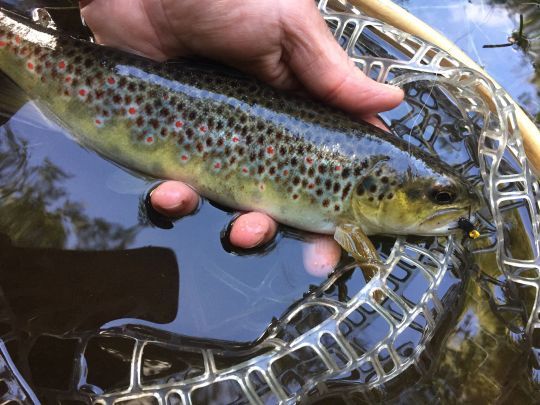
Emotions are the key!
Gobbling is often violent on large terrestrials, as trout know that this is a non-negligible source of protein. Cardiac abstention !
Competition can be fierce, so the trout won't hesitate to come and take your imitation and be the first to be served! Most hits come quickly after the landing, which should not be soft, but rather hard. The impact of the fly on the water attracts them from afar. It's not uncommon to see trout moving to catch them. However, gobbling can sometimes be discreet, especially on smaller imitations such as beetles. These are often beautiful fish that discreetly suck up the fly.
Very pleasant fishing, because it's not all year round that the trout throw themselves at our flies!

 /
/ 